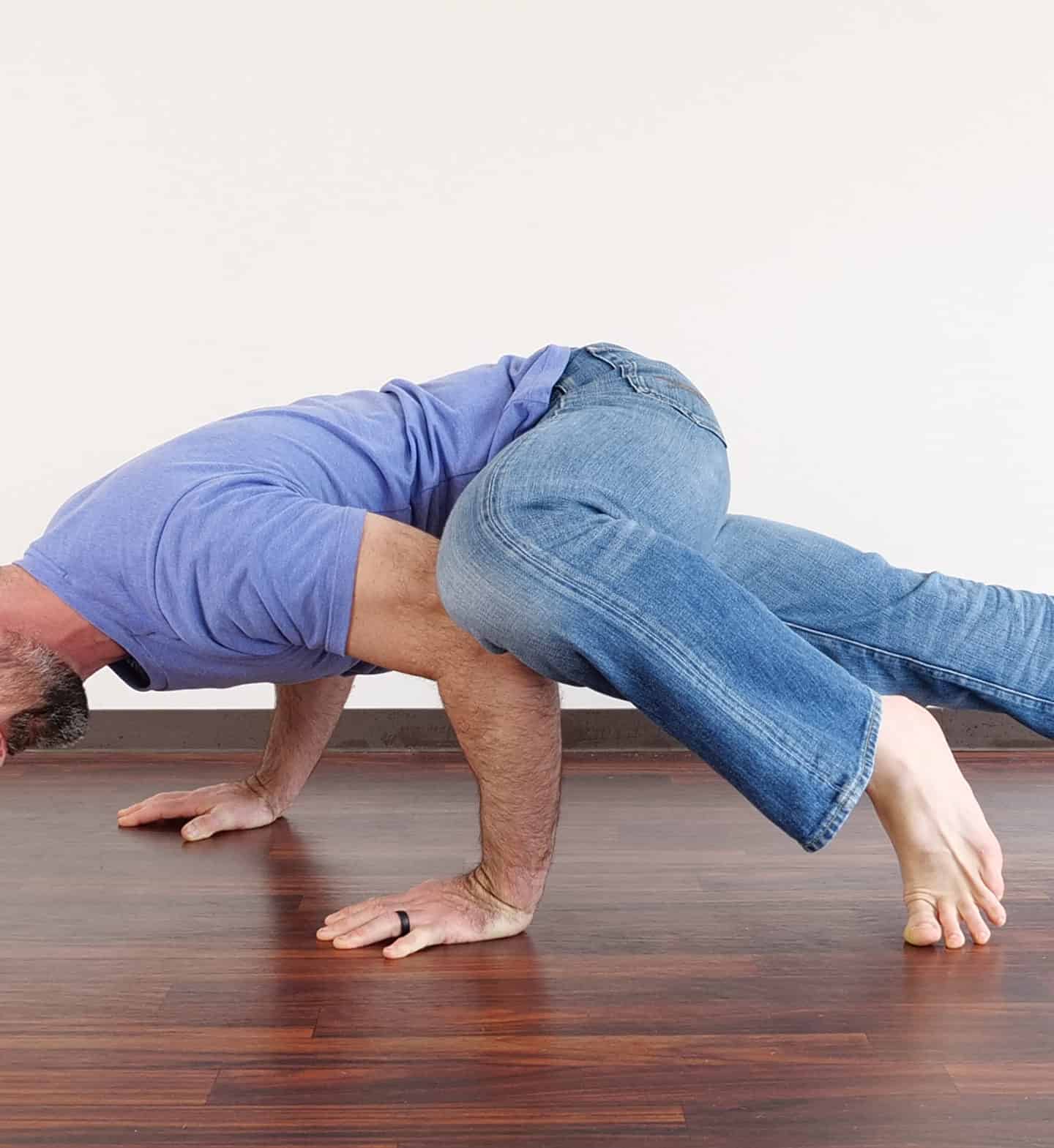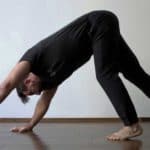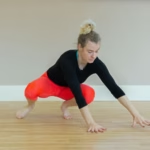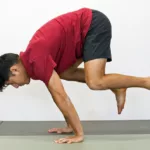Why should you care about crawling on the ground—and likely getting some weird looks at the gym?
Because it’s likely the missing piece in your training.
It builds strength, mobility, and control in ways traditional exercises don’t, unlocking movement freedom you know you’re missing.
Maybe you bend over with straight knees to pick stuff up off the floor because you know squatting down will make your knees hurt. Or reaching overhead to grab a dish on the top cabinet shelf is way harder than it should be.
These situations are unfortunately very common and come down to restriction in three main areas:
- Strength you can rely on at any time
- Mobility and flexibility through all joints
- Control and confidence in your ability to move smoothly in any range of motion
Move Better than 95% of the Population by Using Locomotor Exercises to Build Strength, Mobility, and Motor Control
Here’s the gist:
In short, training with animal-style locomotion will give you greater agility and control as well as strength and mobility.
It’s a very efficient form of exercise anyone can benefit from.
How Does Locomotor Exercise (Locomotion) Work?
Quite simply it’s moving your body through space. You stand up and walk from your desk to get your keys, then you walk out the door to your car.
A little more specifically, locomotion involves the combination of two movement categories:
- Closed Chain – this is where a limb is fixed and the rest of the body moves around it.
- Open Chain – in which a limb moves around freely.
Walking is an easy way to understand this, where the foot on the ground is the base of a closed chain for that leg. As your body is propelled forward, the leg that is swinging forward for the next step is an open chain movement. Put your hands on the ground and crawl and you are now doing that for your upper body too!
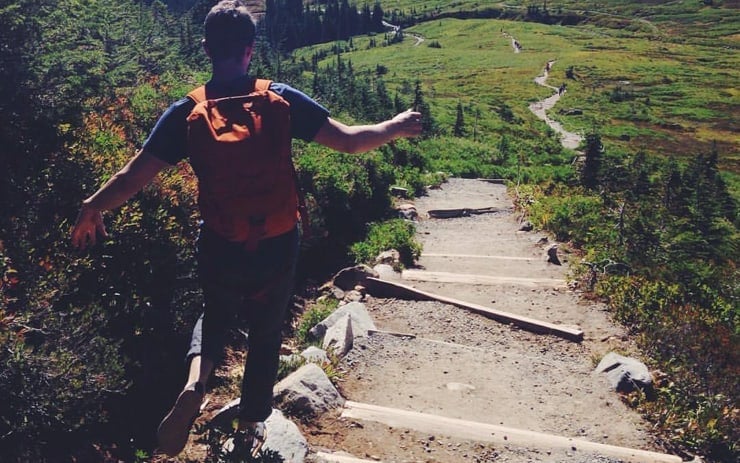
So what does this mean beyond just being a neat biomechanics terminology lesson? 🤔
It’s useful because we need both types of movement for our bodies, and unfortunately most of us don’t get enough, and as the old saying goes:
“Use it or lose it!”
One great distinction in locomotion work is that the very act of putting your hands on the ground to move makes your spine and “core” automatically more involved. You simply have to work harder right away, and that’s a good thing! This is a stimulus we don’t always get in our day to day lives, and once you start it improves your upper body strength and mobility very quickly
Another is how the movements change our normal orientation in space. Check out the position of the Bear walk here. Butt up, head down, weight on your hands. 👇
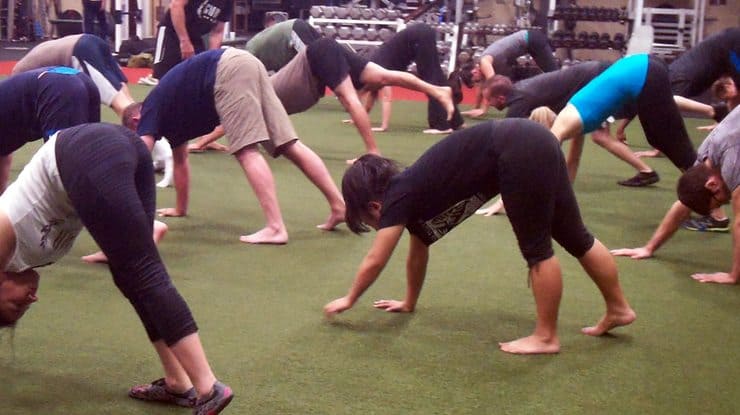
Most of our days are spent upright with the head level and on “top” of the body. In the Bear, you are inverted (upside down) and this simple change of position has a host of distinctive upshots:
- One benefit is the traction of the spine in this position. It puts your spine into light traction, enough to decompress your neck and upper spine a bit. This along with the active motion can be a very good relief of tension.
- Another benefit is the shift in body position, which changes circulatory and respiratory responses. This can counteract the long periods of sitting we have to do at our desks and commuting.
These are just a couple of the broader benefits of practicing locomotion exercises in general, let’s take a look at some specifics.
4 Animal Moves For A Stronger, More Able Body
Our programs on the Bear, Frogger, Monkey, and Crab. All of these movements have you down on all fours, moving your body through space.
These animal exercises are fun, playful movements that go way beyond just being good for warm-ups. When you do them properly, and in a variety of ways, these exercises stimulate and build high levels of strength, flexibility, and body control, everything you need that most sport-specific, singular programs cannot fully cover.
For years, these locomotive patterns have been used in calisthenics, gymnastics, martial arts, and playground games, and their positive effects reach beyond just being fun exercises. Take a look at a few of these benefits for each pattern.
👇
Learn The 4 Foundational Animal Movements
Crawling is one of the best ways to train your entire body to be strong and flexible, while at the same time building the mind-muscle connection and coordination that make dancers, acrobats, and other great athletes so impressively agile and graceful.
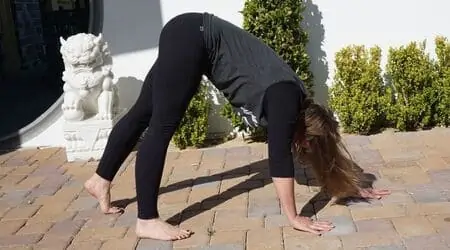
🐻 Bear
The Bear gets you in to an inverted position, helping you build strength and stability through your arms, shoulders, and upper back.
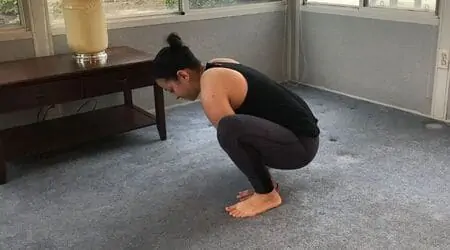
🐸 Frogger
The Frogger helps you build strength in your upper arms, shoulders, and core, while opening up your hips in the deep squat position.

🐵 Monkey
The Monkey also builds upper body strength through the arms and core, making greater hip mobility and control through sideways movement.
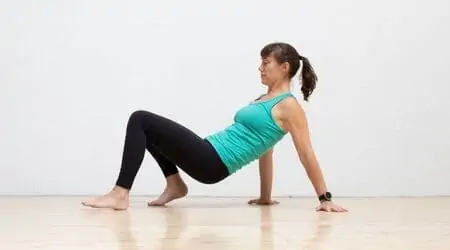
🦀 Crab
The Crab has you in a supine position (belly up), and helps you build core and hip strength while moving backwards, forwards, and sideways.
The goal isn’t to be the “best crawler in the world.” Instead it’s to do the work so that you gain the benefits.
I’m pretty sure most of us aren’t exercising to get better at exercising!
We want our time spent in our workouts to directly improve our lives and health. And simply put, crawling around absolutely helps us do that.
Crawling Builds a Better Back and Shoulders
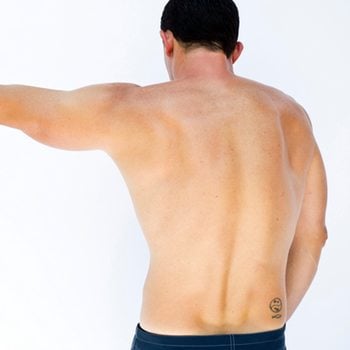 Our backs are very complex, but we can talk about it in the general terms of the big movements it performs: forward bending, backward bending, side bending, and rotation.
Our backs are very complex, but we can talk about it in the general terms of the big movements it performs: forward bending, backward bending, side bending, and rotation.
Keeping our back straight and “long” in crawling movements require our muscles to work hard!
This is where stability and control come into play, as we have to contend with forces and stress from all angles when alternating our arms and legs in a crawl.
Build a Stronger Back
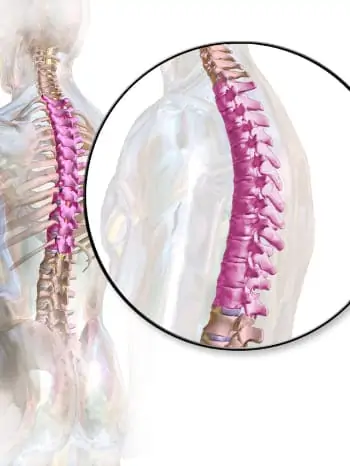 The contralateral movement pattern (right leg moving forward with left arm, and right arm moving forward with left leg) cause spinal rotation and side bending. So we have to use our muscles to control these motions.
The contralateral movement pattern (right leg moving forward with left arm, and right arm moving forward with left leg) cause spinal rotation and side bending. So we have to use our muscles to control these motions.
It’s important not to think of “locking” the spine in place; instead it’s all about appropriate control of motion.
We don’t want to move around with a stiff back, we want a spine that is strong and mobile at the appropriate times.
The positioning also counteracts the two primary issues in the upper back, the classic slumped forward posture from sitting at a desk or steering wheel, let’s improve that!
Make Stronger Shoulders
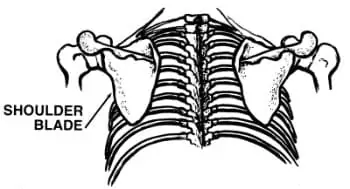 The scapula provides the “moving platform” of the shoulder girdle. Reaching forward and overhead, as well as lifting and carrying, the shoulder blades move to help your your hands do their thing.
The scapula provides the “moving platform” of the shoulder girdle. Reaching forward and overhead, as well as lifting and carrying, the shoulder blades move to help your your hands do their thing.
This situation is reversed when your hands are placed on the ground and your body moves around them. In this case, your shoulder muscles resist different types of forces.
This is necessary for optimal shoulder girdle performance in the many activities we do every day and in sport. Practicing and training them are keys to maintaining and improving shoulder health.These animal movements automatically do this for you!
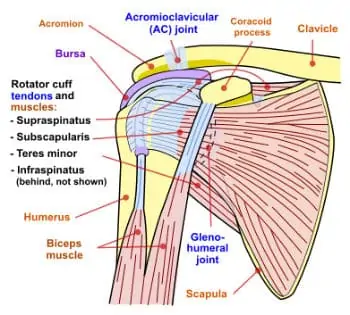
Also the infamous “rotator cuff ” muscles are activated in a unique way in these positions.
By keeping your elbows close to your body and rotating your fingers outward, and actively pushing through into the ground works the rotator cuff in a more functional way compared to typical band or dumbbell exercises.
While those open-chain exercises are great for strengthening weak muscles, incorporating closed-chain movements as soon as possible provides a more complete approach for better results.
Relax Your Back and Shoulders
Another great benefit is how locomotion helps to relax your back and shoulders. This can seem counterintuitive, how can strengthening exercises help you relax?!
Well, when you crawl, the upper body becomes the stabilizing counterforce as the load comes down through the hands and upper body. This is the opposite of standing, sitting, and walking, where our low backs can take the brunt of that force. So we are getting some relief of low back tension at the same time we build up our upper body strength. That’s a great tw0-for-one deal!
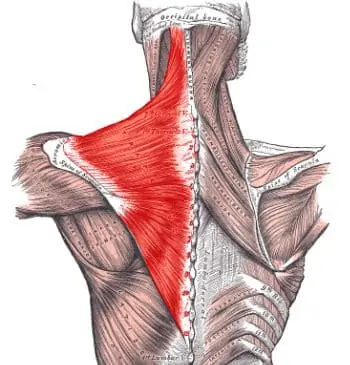 Animal movements can also give your overworked upper traps a much-needed break.
Animal movements can also give your overworked upper traps a much-needed break.
For many people, the upper trapezius is tight and overactive—thanks to stress, tension, and the strain of carrying and lifting throughout the day. But when you flip your body upside down, you give it a chance to do something different.
The upper traps still contract, but under a different and lighter load. This shift helps break the cycle of constant tension, reducing strain and promoting better movement.
Making Locomotion Part of Your Practice
As you can see, it’s not just about crawling around on the ground just for the sake of it. There are numerous benefits to moving mindfully this way, and playing with the various positions and movement.
Here’s our tips for getting started with locomotion in your training:
You can get a lot out of making crawling of any kind a prominent part of your practice.
The movements above are the four main exercises you can work on. But there are many more variations you can explore, but often, the ability to explore a movement confidently comes from first getting comfortable with the standard form of that movement.
The Weak Link: Wrist Strength & Mobility
When starting out with locomotion exercises, some people are surprised to find that their wrists get sore.
I mean, what do you expect? 🤣 You probably don’t put your full body weight only our hands very often, so it stands to reason that you’ll need to work up to this gradually.
Here’s some tips for avoiding wrist pain in locomotor exercises:
You can see that jumping into long sessions of animal movement without an adequate ramp-up period is going to be a mistake for most people. But the benefits are worth being patient and learning to control your weight distribution as you build strength and mobility in your wrists.
Taking Animal Locomotion to the Next Level with Stalls
If you think animal moves are easy, this is for you. With just a couple of very simple tweaks, you’ll find you can build a LOT of strength with this type of exercise:
Again, this will be way more difficult than it looks in the beginning, and even experienced trainees can get discouraged by these variations at first (especially those from a weightlifting background).
Just go slow and stick with it. Deliberate practice does make you stronger.
Plus Systematic, Progressive Locomotor Exercise into Your Training
The Bear, Monkey, Frogger, and Crab are excellent tools to help you work on whatever needs the most work – be it shoulder mobility, elbow strength, spinal stability, or whatever other areas you need to address.
We cover locomotion and the ways it can be used to address strength, flexibility, and motor control in our Elements program.
Elements uses these 4 fundamental locomotor movements to help build a strong foundation, which allows for confident exploration of movement, as well as the ability to move on to more advanced skills and goals down the line.
Build a Consistent Training Habit With a Foundation in the Basics
With Elements, you’ll build a foundation of strength, flexibility, and control using the Bear, Monkey, Frogger, and Crab.
